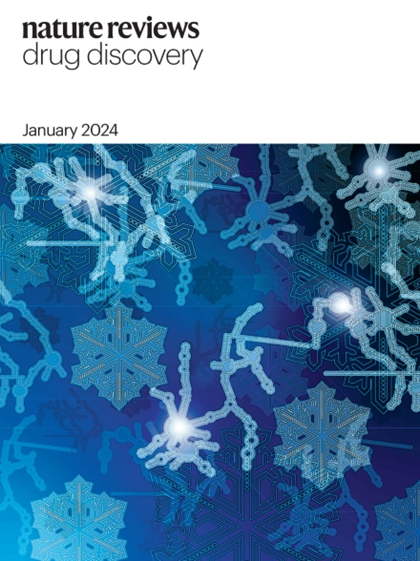Shaping secondary pharmacology panels of the future: evolving target selection criteria for safety panels
IF 101.8
1区 医学
Q1 BIOTECHNOLOGY & APPLIED MICROBIOLOGY
引用次数: 0


塑造未来的二级药理学小组:发展安全小组的目标选择标准
我们感谢Maciag和karamyan对我们2024年出版的《二级药理学的最新技术及其对新药安全性的影响》发表的深思熟虑的评论。在本文中,我们回顾了18家制药公司的二级药理学数据和分析策略,并建议实施由77个不同靶点组成的扩展核心安全小组(safety -77)。这种筛选小组的主要目的是确定所有适应症和化学型的新分子的潜在人类安全责任。为了达到其目的,该小组在目标家族的多样性和毒性机制方面保持平衡,但在其规模方面也保持可行。Maciag和Karamyan强调了非激酶酶在我们推荐的检测小组中的代表性不足,并建议考虑非激酶酶,如neprilysin、cathepsin、碳酸酐酶、血栓素A合成酶和黄嘌呤氧化酶,因为与这些酶的活性相关的不良事件风险。监管机构的研究表明,酶的抑制可能与不良事件有关,酶的命中率与其他靶标相当或更高(见相关链接)。
本文章由计算机程序翻译,如有差异,请以英文原文为准。
求助全文
约1分钟内获得全文
求助全文
来源期刊

Nature Reviews. Drug Discovery
医学-生物工程与应用微生物
CiteScore
137.40
自引率
0.30%
发文量
227
期刊介绍:
Nature Reviews Drug Discovery is a monthly journal aimed at everyone working in the drug discovery and development arena.
Each issue includes:
Highest-quality reviews and perspectives covering a broad scope.
News stories investigating the hottest topics in drug discovery.
Timely summaries of key primary research papers.
Concise updates on the latest advances in areas such as new drug approvals, patent law, and emerging industry trends and strategies.
 求助内容:
求助内容: 应助结果提醒方式:
应助结果提醒方式:


